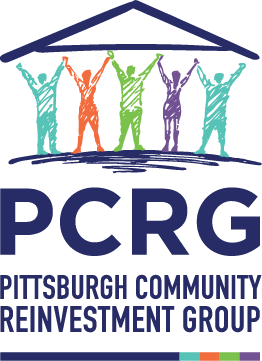By Druta Bhatt
Pittsburgh, ranked among the top 26 urbanized areas within the county for transit ridership, saw over 60% of its pre-pandemic ridership return in 2023, according to the Federal Transit Administration (FTA). This is below the national average of 71% recovery. Since then, Pittsburgh Regional Transit (PRT) has reported a slight decrease in ridership in early 2024, signaling persistent challenges in public transit recovery.
Commuter Routes Most Affected by Remote Work
The pandemic radically shifted commuting patterns, especially on commuter buses and rails – such as P routes – which connect downtown Pittsburgh with outlying suburbs. These services saw the largest drops due to the rise in teleworking. According to the 2022 American Community Survey, the number of Pittsburgh residents commuting to work dropped by 50%, a steep decline from pre-pandemic norms.
In contrast, local bus routes — which serve more riders who are low-income or essential workers — remained more consistent. These routes are often a lifeline for transit-dependent residents, particularly in areas with low car ownership.
Service Cuts and Equity Trade-offs
A 2020 survey found that 97% of agencies that reported to FTA had experienced service cuts between 2019 to 2020. However, approaches to these cuts varied. They include:
Some agencies applied uniform cuts across all neighborhoods.
Others prioritized equity, reducing cuts in disadvantaged neighborhoods.
PRT was among the agencies that increased service in neighborhoods with low-income and zero-car households.
Some agencies reconstructed routes to expand access to medical facilities and off-peak travel in response to changing needs.
This shift highlighted the importance of responsive, equity-focused transit service design, particularly as remote work continues to shape long-term travel trends.
Funding Crisis: Federal Support Drying Up
Despite partial ridership recovery, transit system challenges loom — particularly funding and financial uncertainty.
Federal support, which accounted for 12% of transit agencies’ funding in 2019, rose to 31% in 2022 — not only because federal dollars increased to cushion pandemic impacts, but also because fare-based revenue declined sharply, increasing agencies’ reliance on federal funding.
In 2023 federal dollars comprised 21% of transit agency funding — well above pre-pandemic levels.
However, as this support phases out, agencies are approaching a fiscal cliff.
At the same time, farebox recovery — the share of costs recovered through fares — has dropped dramatically. In 2023, agencies recovered just 17.2 cents per dollar of operating costs through fares. This is a 46% decrease from 2019. This shows that the cost effectiveness of operations has also decreased due to pandemic-induced changes in travel.
Workforce and Vehicle Shortages Complicate Recovery
Vehicle procurement delays and staff shortages also hinder recovery:
71 % of agencies reported cancelled or delayed vehicle orders in 2023 because of global supply chain issues. Industry experts estimate fleet backlogs could take 5-7 years to resolve.
Transit agencies also face high turnover, with roles in operations especially hard to fill.
According to a 2022 workforce survey, key deterrents for transit workers include:
Low compensation
Unpredictable schedules
On-the-job harassment or assault
Other issues also include issues with management, hiring, training and passing exams, health and overwork.
Transit systems remain critical to economic recovery, equity, and regional growth, especially for riders who depend on them the most. While Pittsburgh has made equity-conscious service decisions, long-term sustainability will require robust funding, system redesign, and workforce investments.
In order to restore Pittsburgh’s transit restored to pre pandemic levels, it is critical to fix the transit funding. The Transit for All coalition advocates for raising money for statewide public transit by increasing car rental tax, car lease tax, increasing allocation of state sales tax money to transit and implementing ride hailing fees. If you support these politically viable financing solutions that can ensure robust transit services in Pittsburgh and the rest of the state, send a letter to your legislators here.

